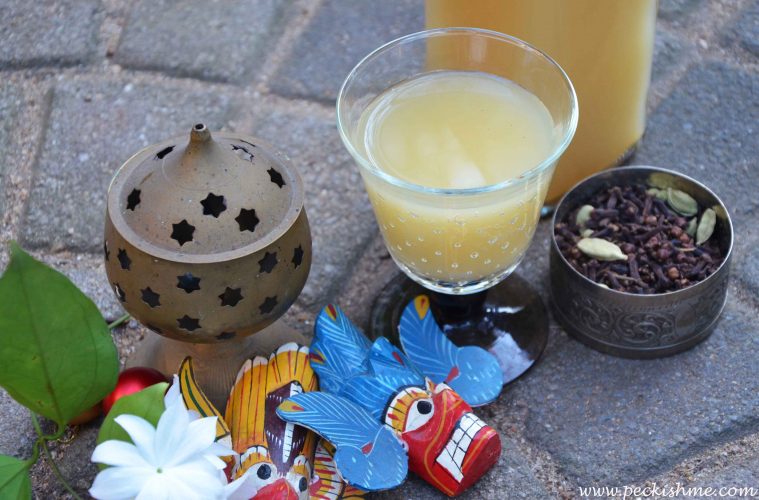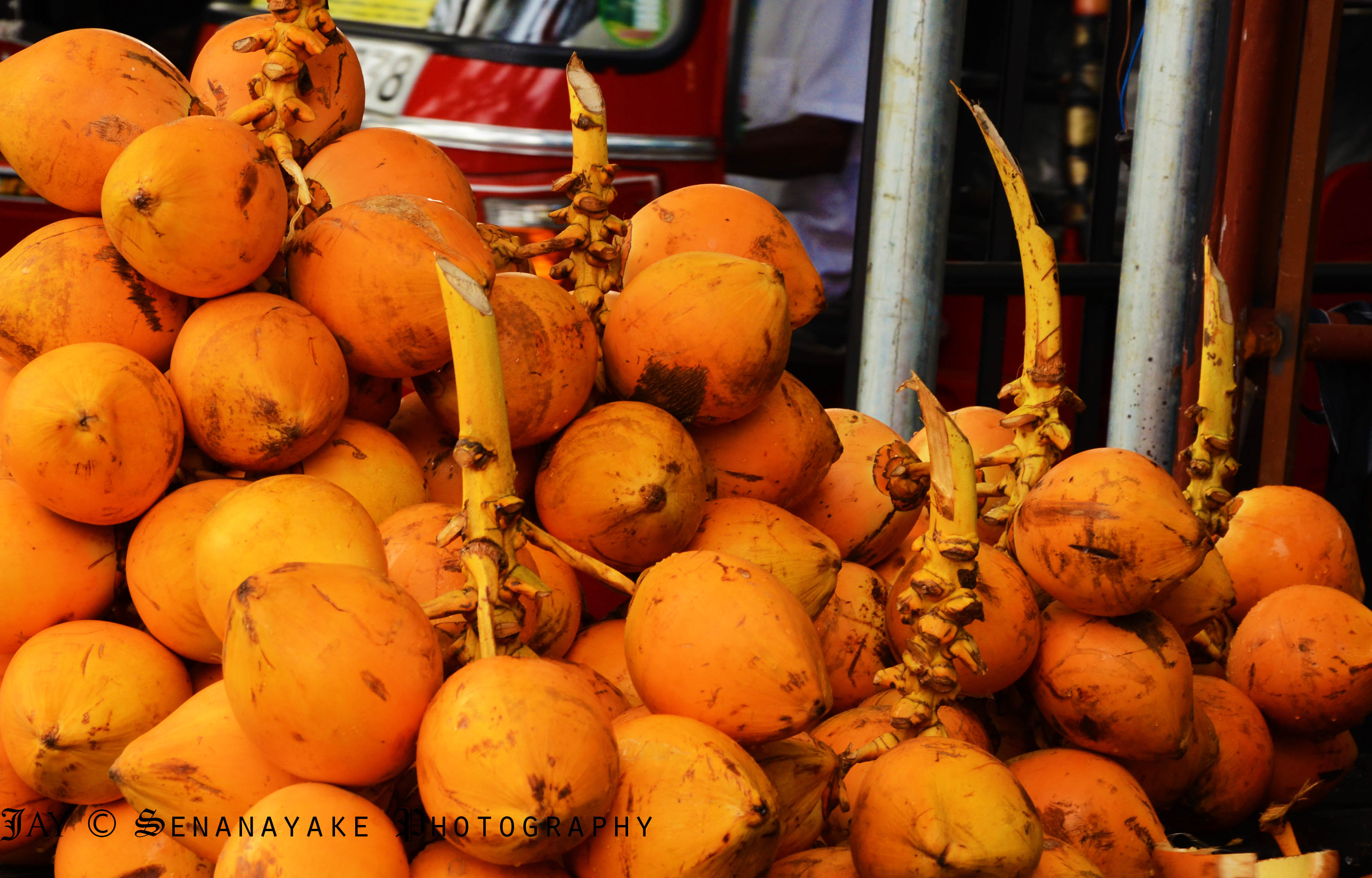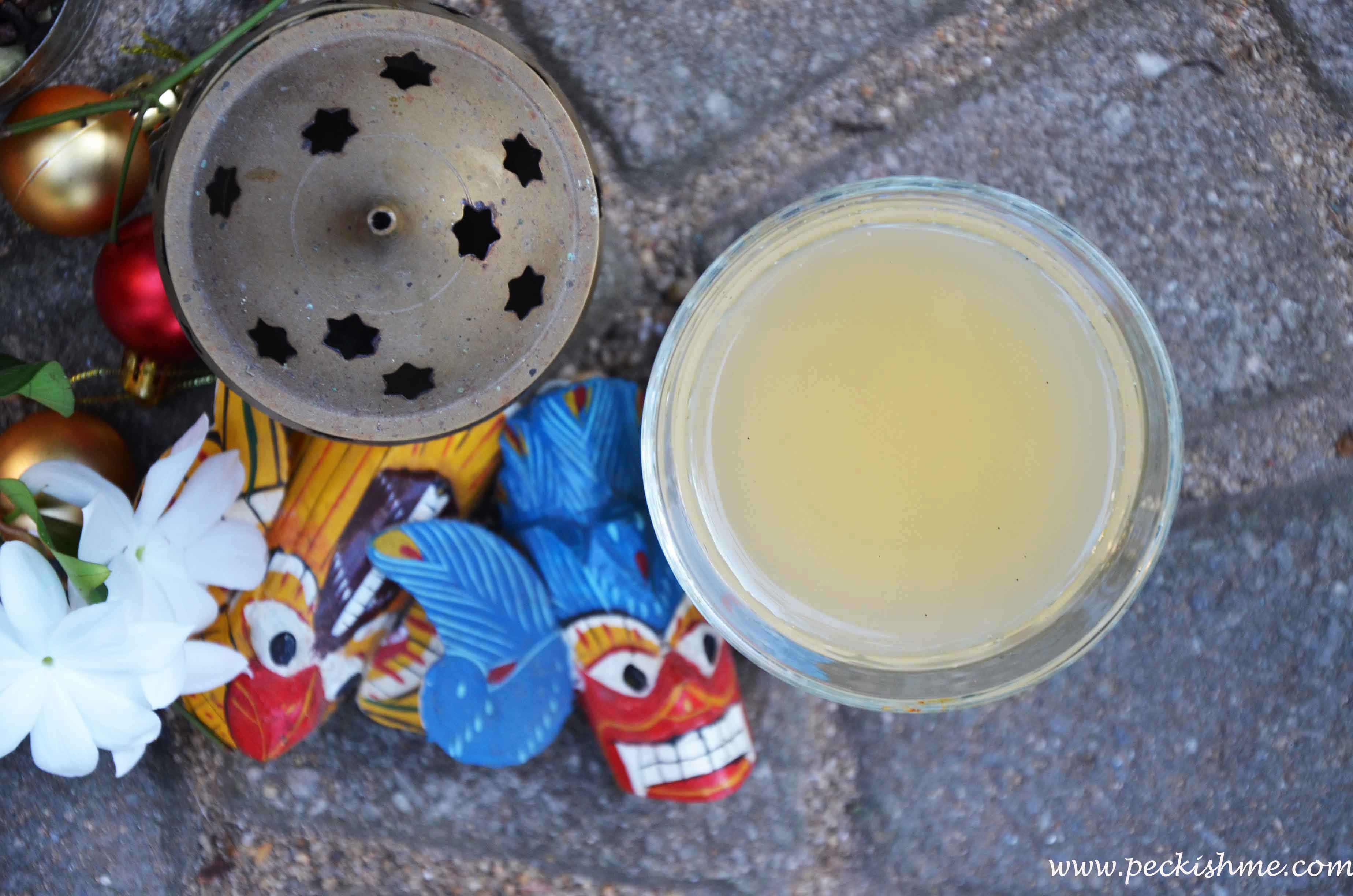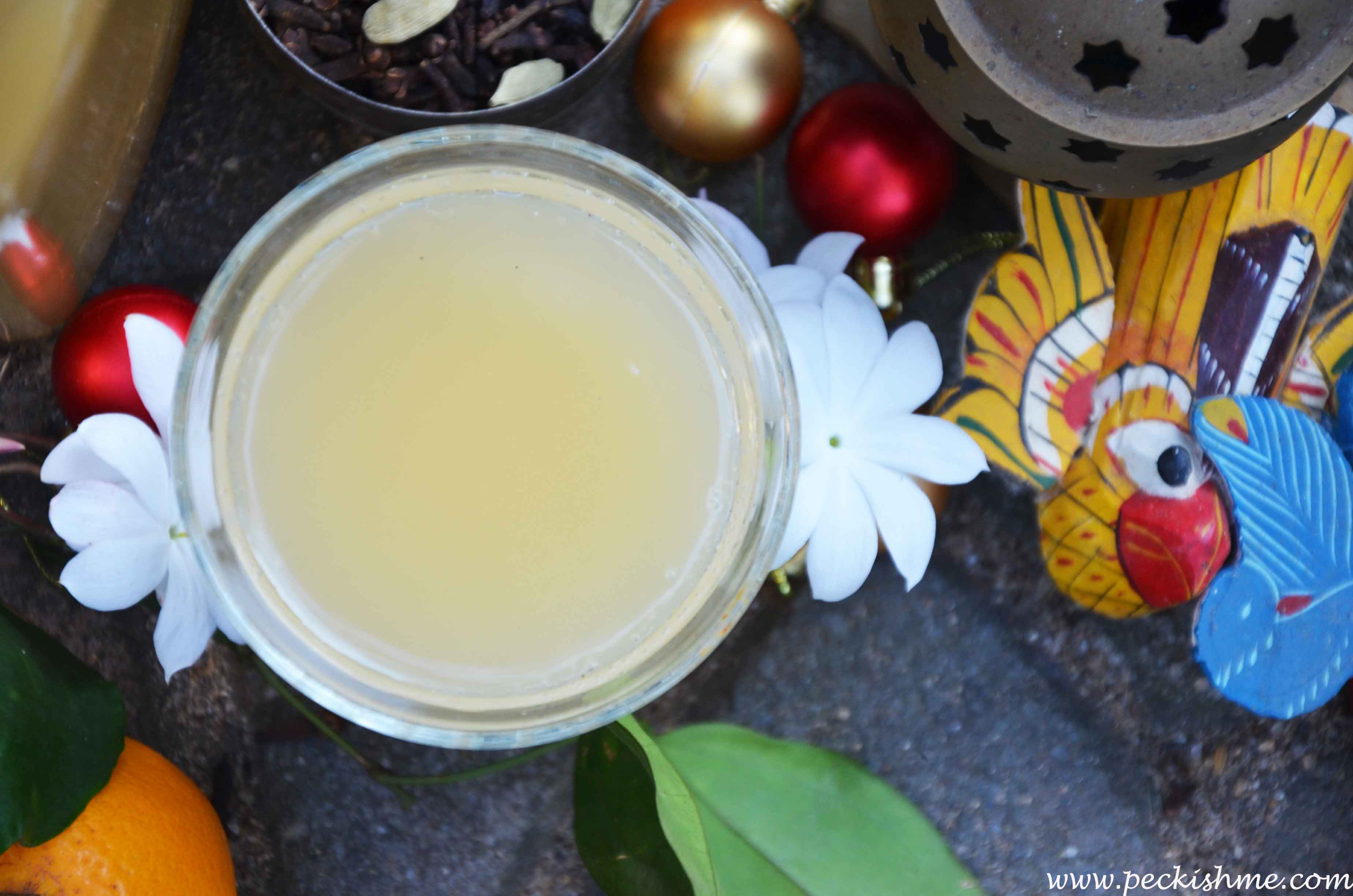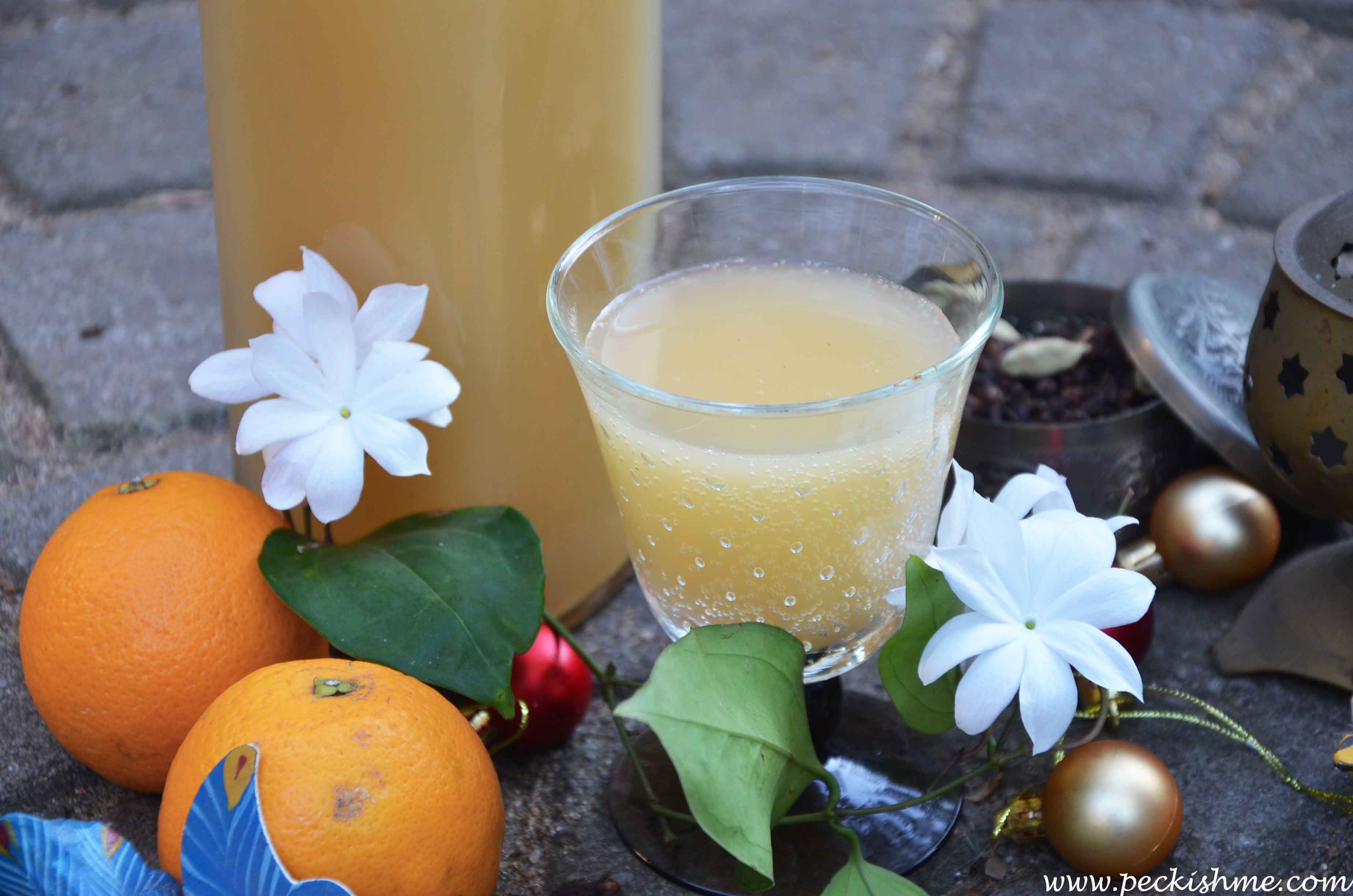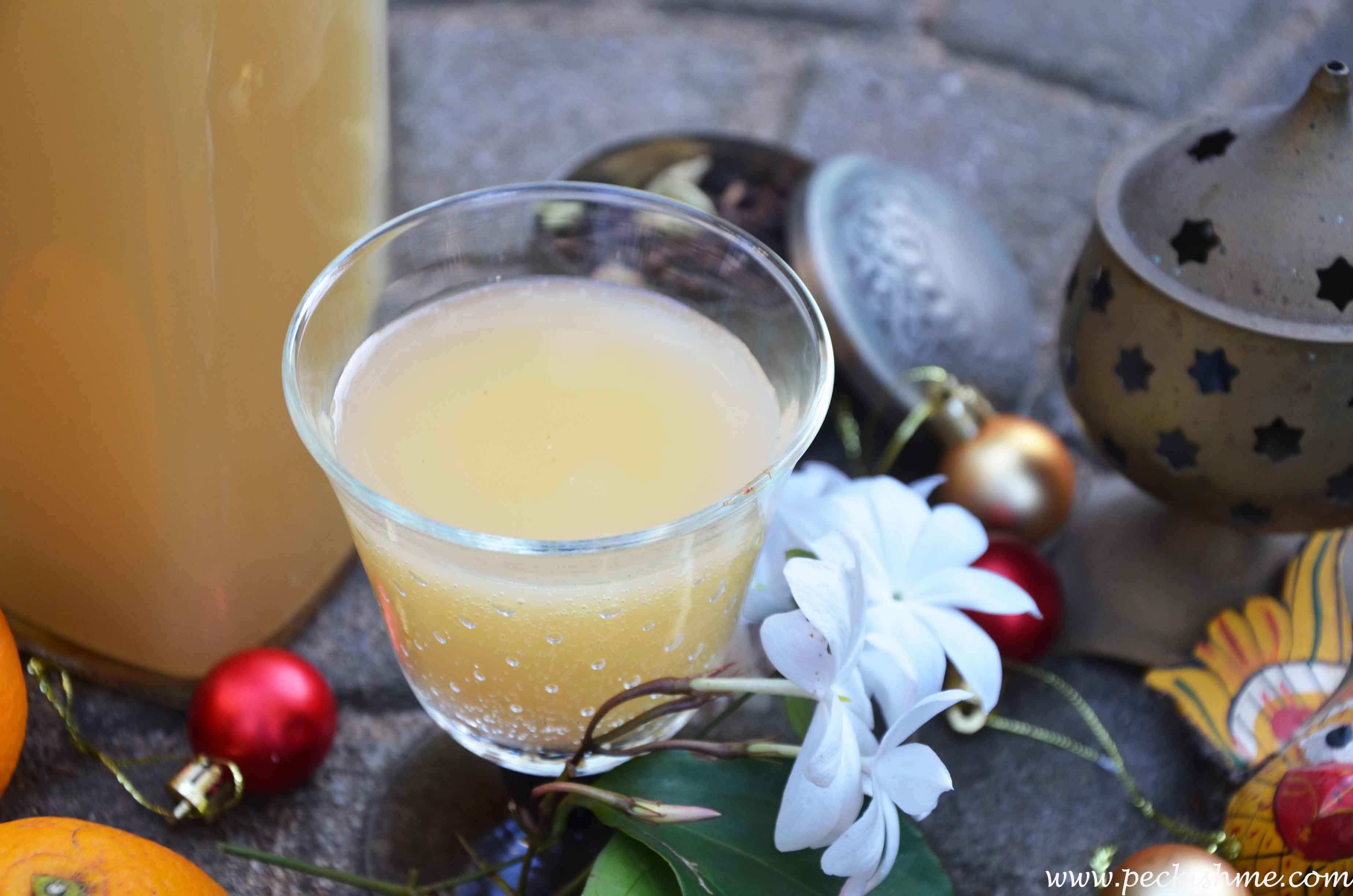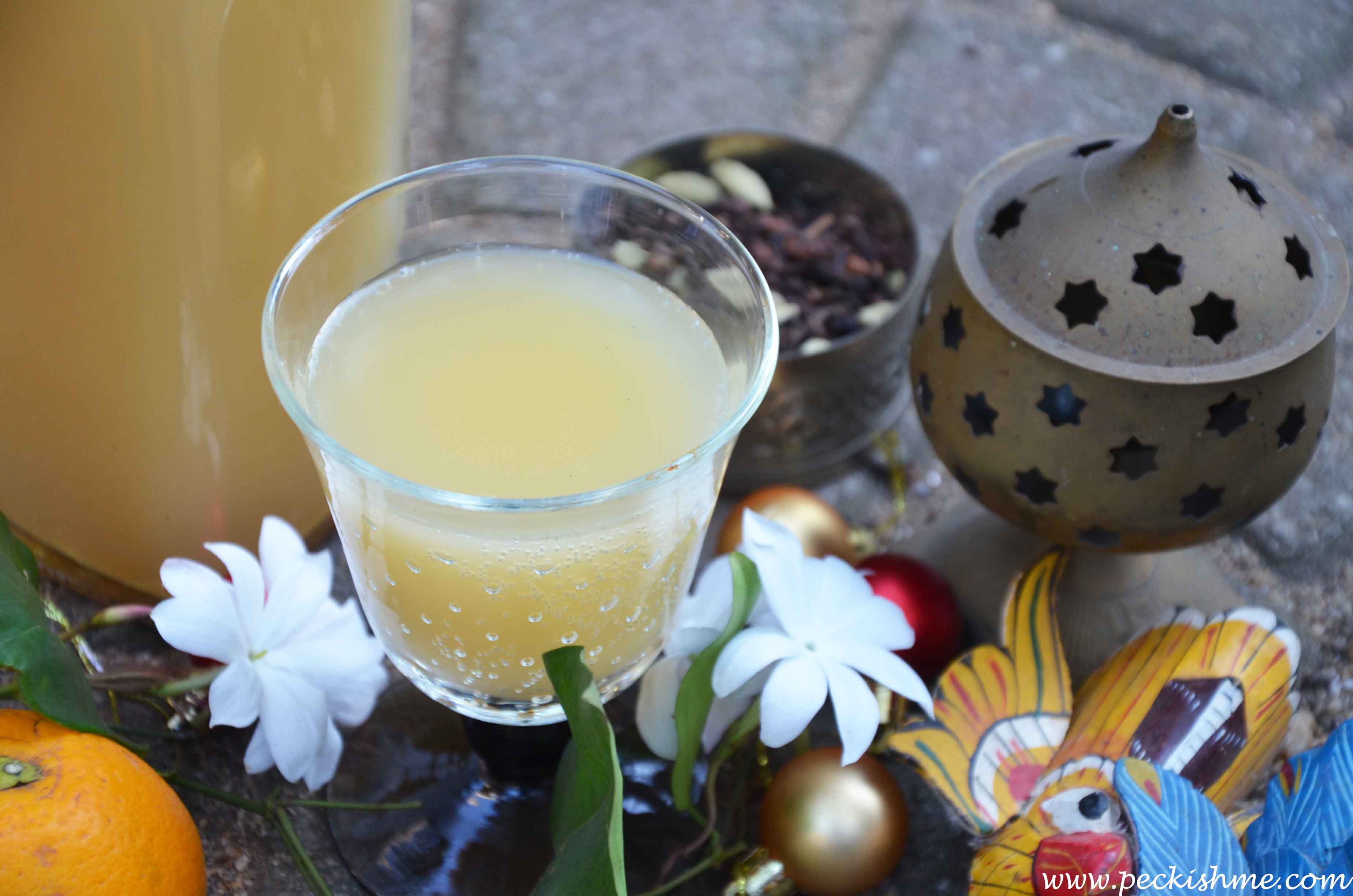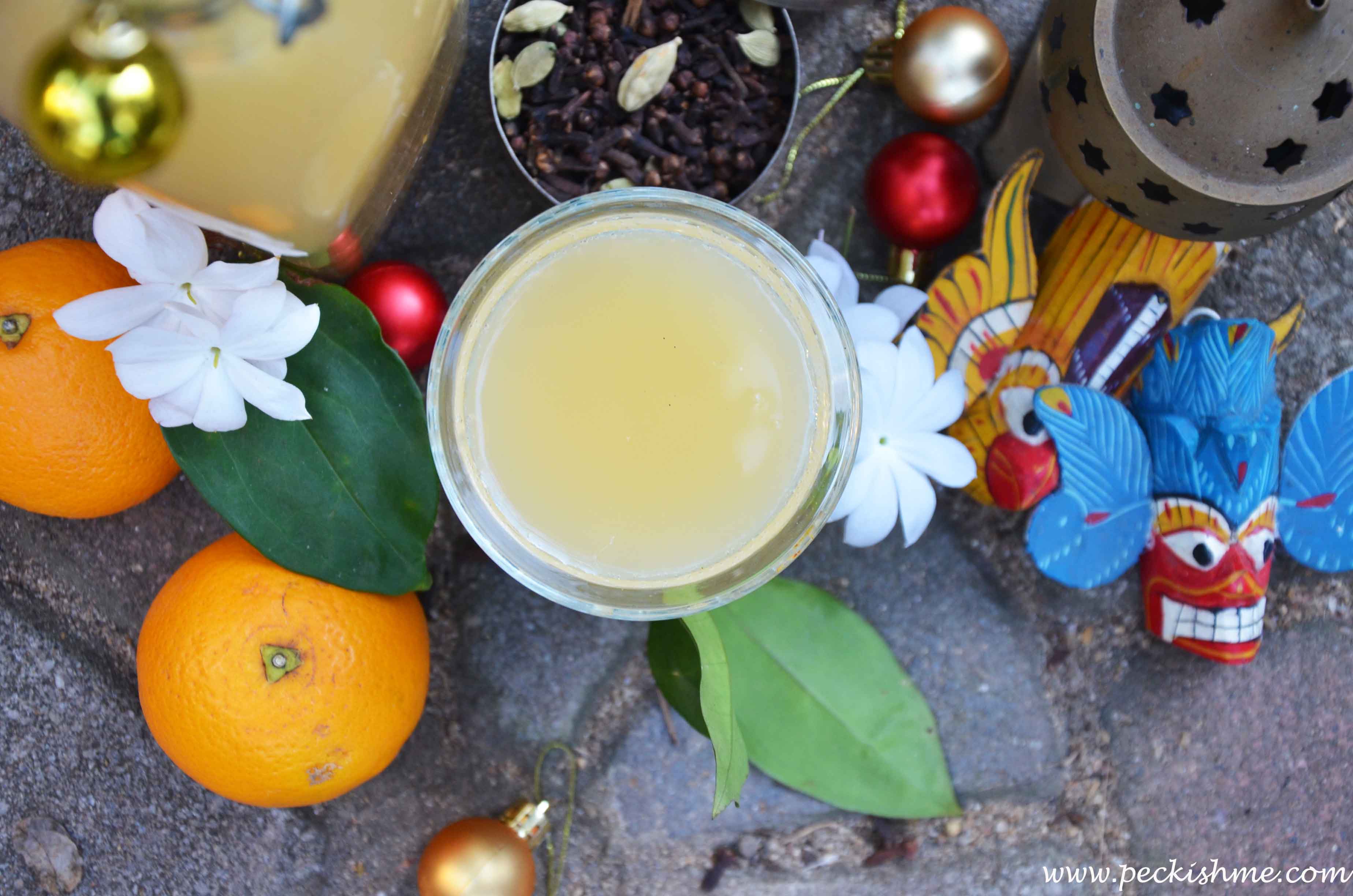No Sri Lankan Christmas is complete without nibbling on a piece of bibikkan while sipping on a glass of king coconut wine. And then another glass…followed by another glass.
First of all, apologies. This should have been posted at least 3 weeks ago, but I myself had to wait till the wine reached an acceptable state to take photos. Hence, the delay. Also, I am a serial procrastinator. It’s a condition. It cannot be cured. Hope I will be forgiven.
Anyways,
King coconut, or thambili (meaning orange in Sinhala, perhaps due to the colour of its outer husk) as we know it, is a beverage that has been quenching our thirst from time immemorial. Freshly cut, its almost clourless water is sweet and oh-so-refreshing and is known to have beneficial effects on the overall human health, including being a trusted hangover cure (that’s right us Sri Lankans chase our alcohol chugging with chugging down jugfuls of these). It is known to be rich in carbohydrates, calcium, potassium, iron and Vitamin E while its tender flesh is known to contain a small amount of fat, protein, dietary fibre and several enzymes. In ayurveda, king coconut is believed to be ‘cooling’ hence it is prescribed for skin ailments, chapped lips and all sicknesses that are generally believed to be the result of the “heat”.
And from this we make this exquisite wine. The milk wine. Hand over a healthy wholesome beverage to us Sri Lankans and watch us transform that into something boozy and un. Sheesh.
We don’t know from where or how this recipe was inspired, but king coconut wine, aka thambili wine has been around for as long as any of us can remember. It is believed that like the Christmas cake, the milk wine, the breudher and the lot, this too is inherited from the Dutch from the colonial days. There were a few good things that happened because of colonization and thambili wine is one of them.
Households have been churning out this delicious wine for Christmas from recipes passed down from generations, each recipe with its own twists and guarded closely, a family heirloom. I’ve seen a lot of recipes and videos for king coconut wine going around in the net with pictures of a dark amber liquid which they pass off as thambili wine, but in all my years of making this (to be fair I’ve made this quite a few times) I’ve never gotten my thambili wine to that colour, only a slightly darker more orange hue to the pictures that I am posting here. Sorry dear commercialized, mass-scale marketing, monetize-brained publishers with names like ‘throb’ (of all the things), this is the experience of an independent food blogger and home cook speaking from the heart. It does irk me so when such money-minded entities hood wink genuine foodies with fake recipes and give them fake expectations to work with. Been there, suffered that.
Or maybe, the wine didn’t last that long to get to that colour. These wines are known to just ‘disappear’ by bottlefuls in the past no matter the season :D
The pictures were taken when the wines were just 2 weeks old, it has turned a darker orange now and is smelling oh-so-good. I sneaked a taste of it just last night as I was straining it for the 3rd time. Needs a little more time but it all tastes oh-so-yum!
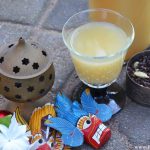
King coconut wine
Ingredients
- King coconut water - 3L
- Sugar - 1kg
- Lime juice - 150ml (I used the juice of the narang from the garden to give it a more homely touch)
- Yeast - 25g
- Cinnamon - 2 sticks
- Cardamoms - 15
- Cloves - 15
- Nutmeg - 1 tblsp, powdered
Instructions
- Coarsely crush the spices in a mortar and pestle. Combine the spices, the lime juice and the yeast in a glass bowl and add it to the king coconut water.
- Cover and keep for 10 days in a glass container.
- At the end of 10 days, strain the coconut water and discard the spices.
- Caramelize the sugar. (This I am hopelessly bad at). Add it to the king coconut water.
- Bottle it in sterilized glass bottles and rest for at least 3 weeks. Do not tighten the lids of the bottles as if you do, they tend to explode.
Et voila! Thambili wine is brewing!
The wine is sweet and refreshing, with the fermented coconut water giving it that well needed kick. The sensuous spices frolic in the background, lacing the edges of each sip with warm cinnamon, fragrant cardamom and toasty nutmeg. This wine is ideal to be served to welcome your guests or even after dinner as a delicious dessert wine to culminate a meal.
Brewing tips
- Always, ALWAYS use glass bottles. Use a wooden spoon for any stirring that must be done.
- Sterilize your bottles by soaking them in boiling water and then laying them in a heated oven for about 10 minutes. They must be dried properly before bottling the wine.
- You can reduce or add more sugar as desired. For this batch I used only 500g sugar, although the recipe demands 1kg.
- The pictures were taken just 2 weeks after the bottling. It requires more time to obtain a golden tinge and the proper taste.
- When resting the wine, don’t close the lids of the bottles too tightly. Just lightly rest them on the necks. During this time, lots of chemical reactions are going on inside those bottles and as a result, CO2 is being constantly released. Because of this, the pressure inside the bottles could be very high. Hence the need to not tighten the bottle caps during the process.

